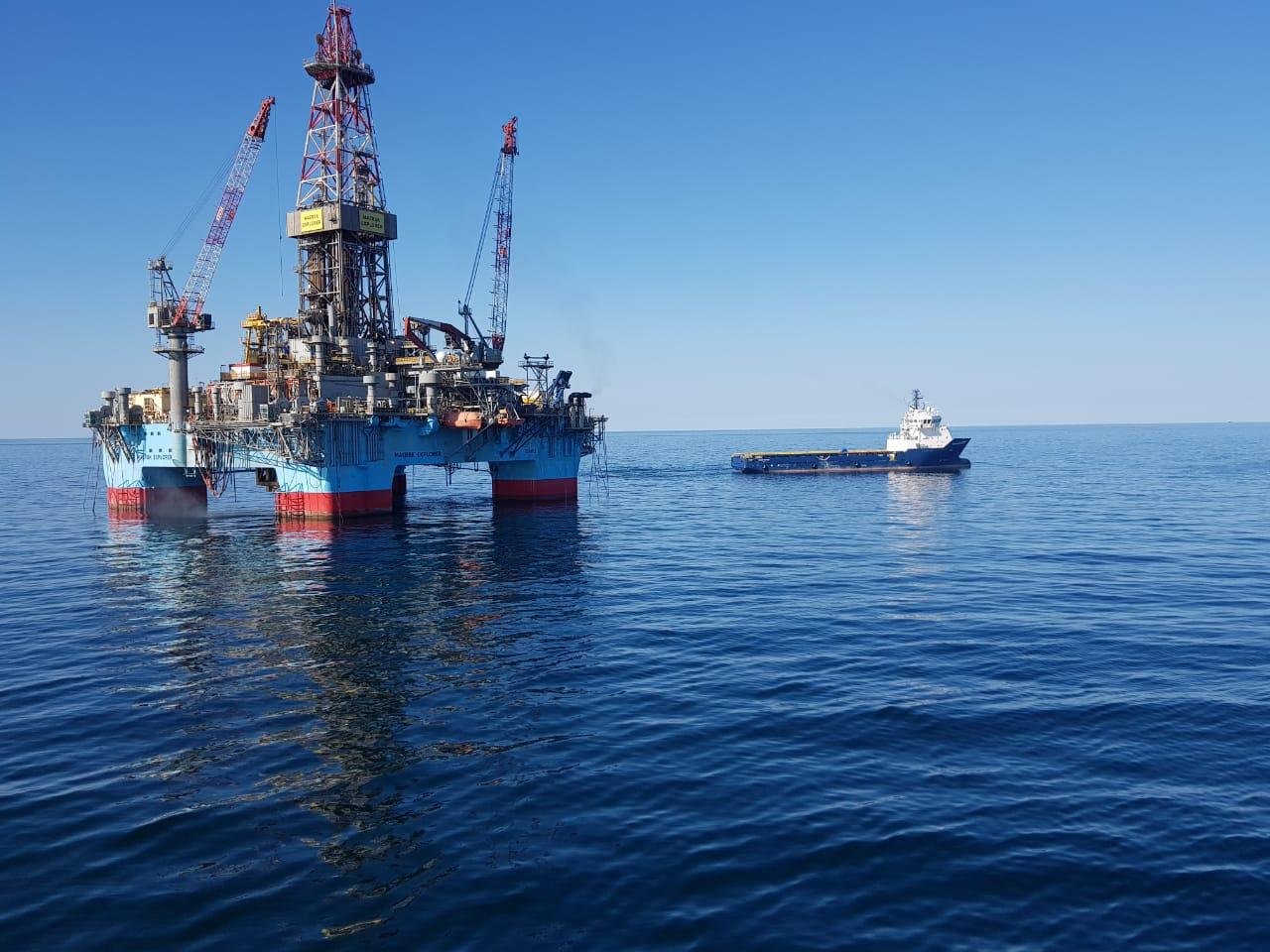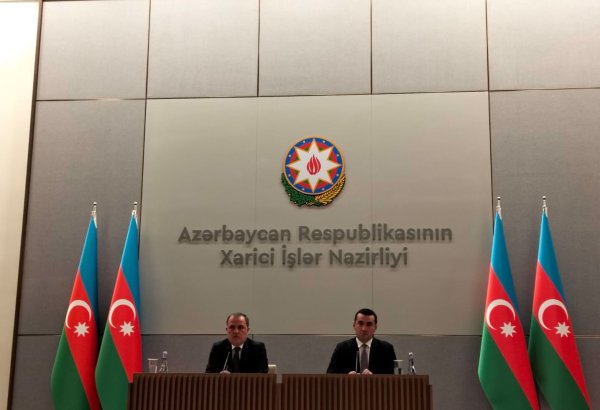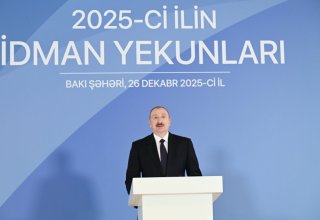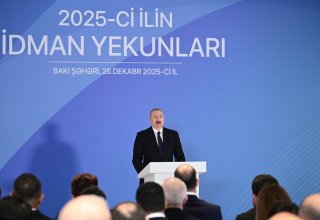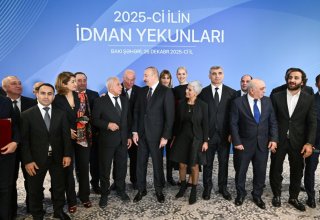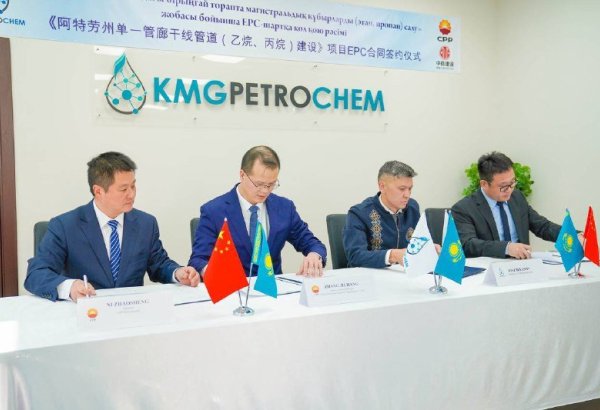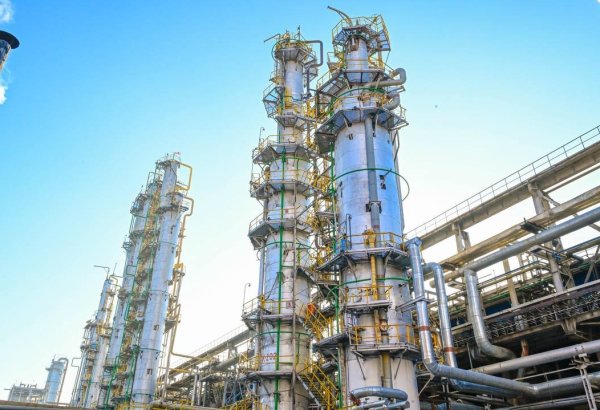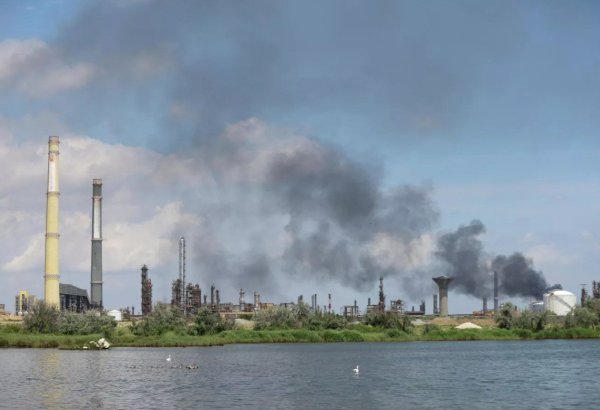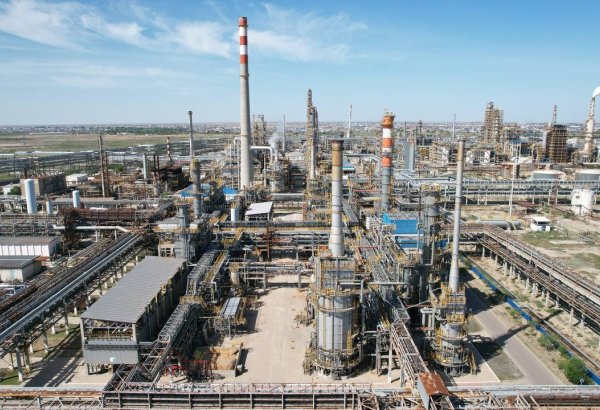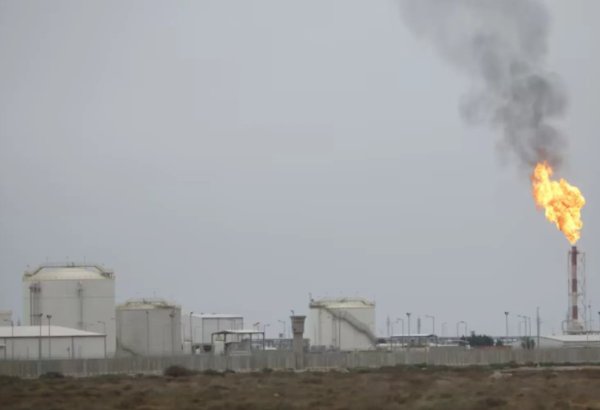ASTANA, Kazakhstan, April 9. Kazakhstan's KazMunayGas (KMG, the national oil and gas company) has attracted LUKOIL as a strategic partner for the implementation of the Kalamkas-Sea and Khazar fields, Deputy Chairman of the Board of KazMunayGas Kuanysh Kudaibergenov, TurkicWorld reports.
"The Kalamkas-Sea and Khazar fields were previously part of different subsoil use contracts with different operators. The operator of Kalamkas-Sea was North Caspian Operating Company N.V. (NCOC), which also develops the Kashagan field; the operator of Khazar was Caspi Meruerty Operating Company B.V. (CMOC), with the participation of Shell and Oman Oil. For a number of reasons, the development of fields was delayed, including the lack of economic feasibility of independent operations. As a result, the companies refused to invest in the development of fields and returned the plots to the state. Therefore, taking into account the geographical proximity and geological similarity of these fields, the government decided to combine these projects into one subsoil use contract. In turn, after lengthy negotiations, KazMunayGas attracted LUKOIL as a strategic partner, which has already implemented a number of similar projects in the Russian sector of the Caspian Sea," he said.
Kudaibergenov noted that the presence of a strategic partner with appropriate technologies for the development of shelf fields was a decisive factor, thanks to which the project was able to be restarted. Otherwise, the project might still be waiting for an investor.
"The project involves investments of about $6.5 billion and is classified as 'technologically complex'. For the first time in Kazakhstan, the deposit is planned to be exploited using offshore metal platforms. During the construction of the platforms, Kazakh shipyards in the Mangystau region will be involved, which are currently idle since the completion of construction work at Kashagan. All this implies an increase in business activity in the region and the creation of new jobs. Therefore, the emergence of a strategic partner willing to invest in such an expensive project is certainly a positive factor," he said.
Kudaibergenov pointed out that KMG has a 50 percent stake in the project.
"All decisions are made on a parity basis between the participants of the joint venture. The management of the project operator also consists of an equal number of representatives from both participants. Thus, statements in some media that "KMG has lost control of the project" are untrue," he noted.








